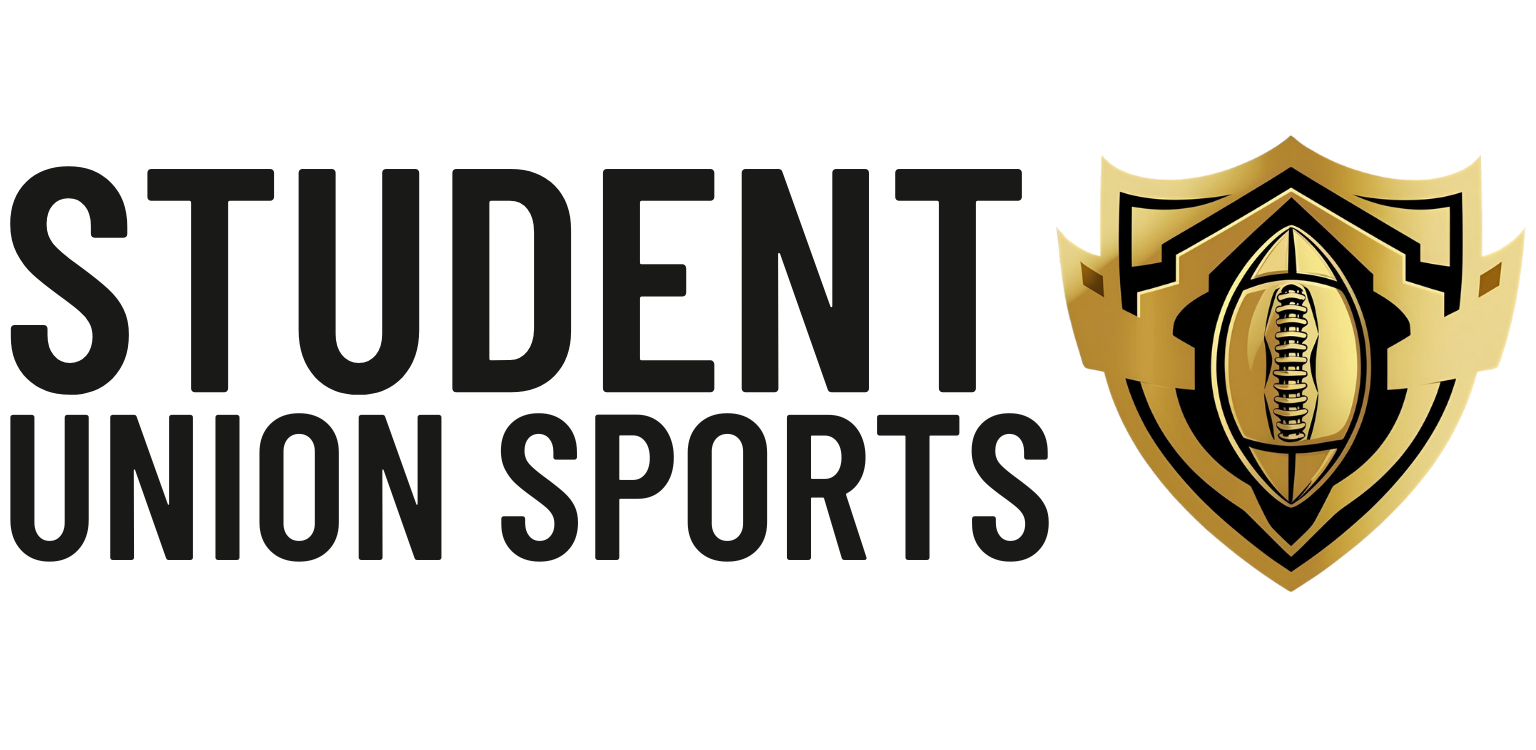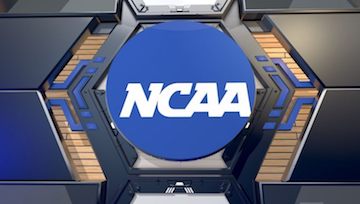The NCAA Board of Governors on Wednesday decided to allow student-athletes to profit from the use of their names, images and likenesses. Per the announcement, deals are restricted to third-party sources so that the athletes could not be considered university employees.
The board’s proposals will now go to the three NCAA divisions which oversee the levels of competition in college sports. The divisions will likely adopt the rules next January so they can go into effect for the 2021-22 school year. However, the decision ignited an already-intense debate about regulation, something the NCAA constantly struggles with.
Ole Miss football coach Lane Kiffin raised some of his questions about the recruiting aspect of this.
“I just don’t know how it’s going to be managed,” he said on Fox Sports host Colin Cowherd’s radio show hours after the announcement. “You’re opening up a can of worms. How can you manage donors [who say], ‘Hey, you come to this school, the day you get here I’m going to buy 1,000 of your jerseys for 100 bucks.’ I don’t understand how all that’s going to get managed and that part scares me a lot.”
He brings up a good point. While I agree with the ruling, it’s important to recognize that this will create conflict — unavoidable conflict in some cases.
Recruiting
As Kiffin said, there’s nothing stopping schools from providing incentives to recruits. And if you reverse that theory, there’s nothing stopping recruits from creating their own leverage and pinning schools against one another.
In regards to the top recruits, this is a real problem. First thing’s first: the best coaches in the country — whether it’s Nick Saban, Dabo Swinney, Mike Krzyzewski or Tom Izzo — are very powerful. They know people other coaches don’t; they might be able to call a friend from Nike and then promise players to give them 100 free jerseys.
And typically, the best coaches and programs are competing for the same players. The players typically choose between those schools and differentiate each one based on campus life, game day environment and relationships. But throw money in there and the game changes, because money talks. Now, deciding where to play college football will revolve around making as much money as possible as soon as possible, just in case of injury.
On-Campus Life
Critics will argue this removes the “student” aspect of the college experience for athletes. I understand what they’re saying, but at the same time, the athletes who this ruling will impact most are the ones who don’t value academics because they already know they’re going to the next level.
Football and men’s basketball teams and players often define college athletics. However, most student-athletes aren’t the superstars who are synonymous with their sports. For those athletes, this could open a door to earn the same money ordinary students can make through their images and likenesses, or through other campus activities, like tutoring.
By preventing student-athletes from earning money, I would argue, the NCAA has been putting them at a disadvantage. If an ordinary student receives a grant or academic scholarship, they can still earn money through something like a work-study, but those who are talented enough to play a sport at the highest collegiate level can’t earn money.
How does that make sense?




